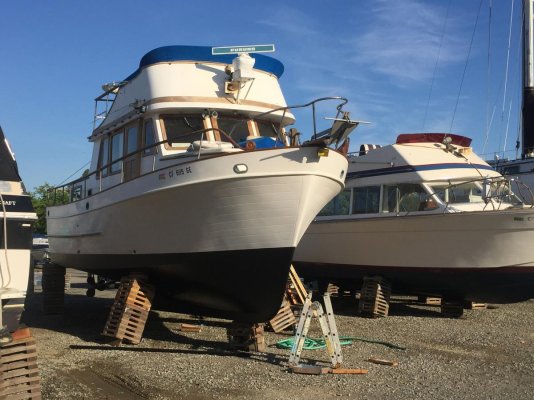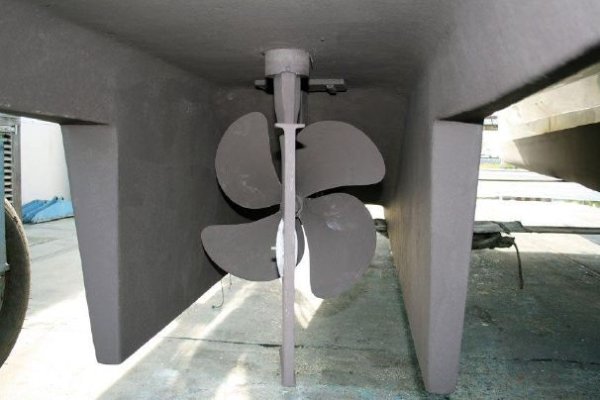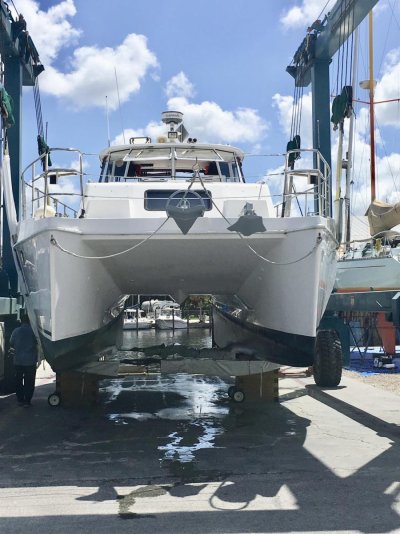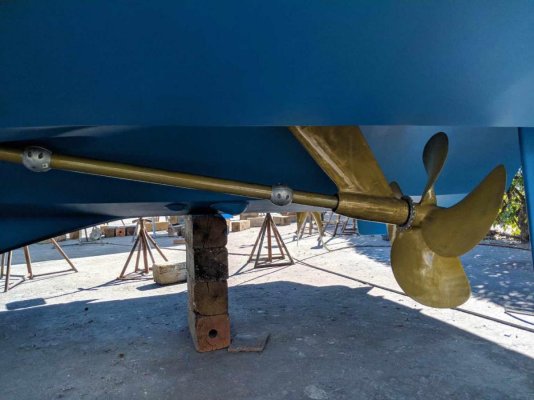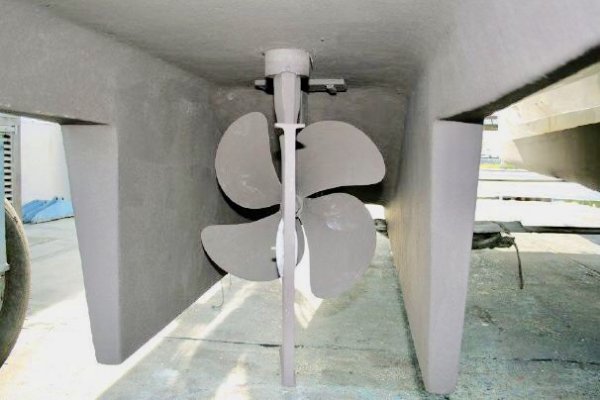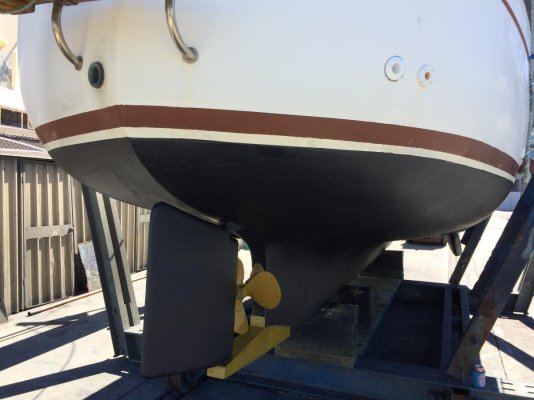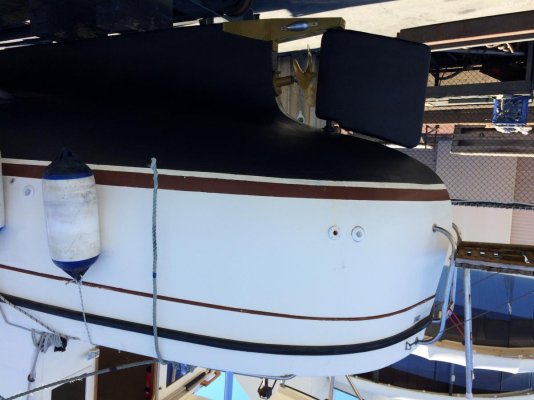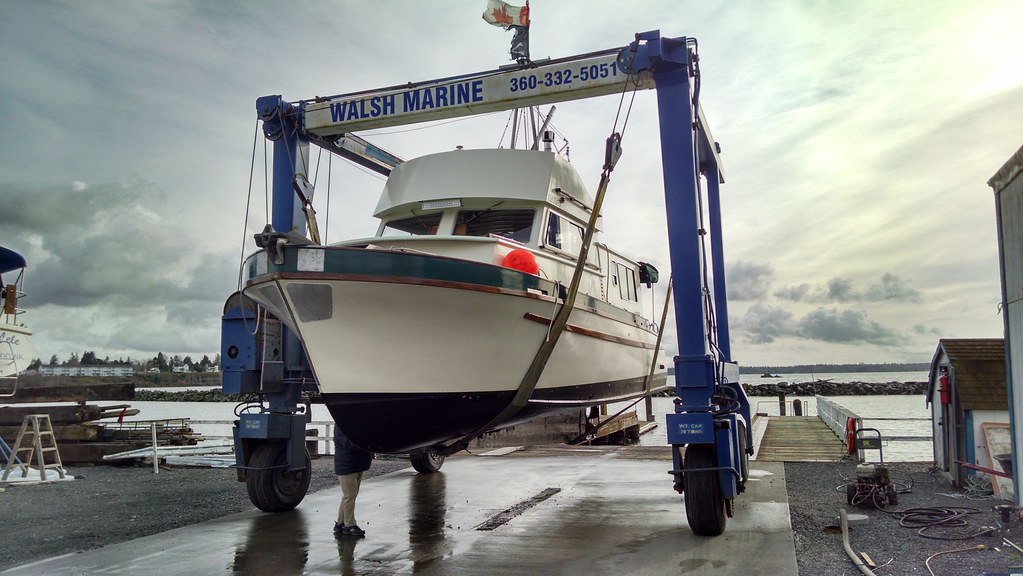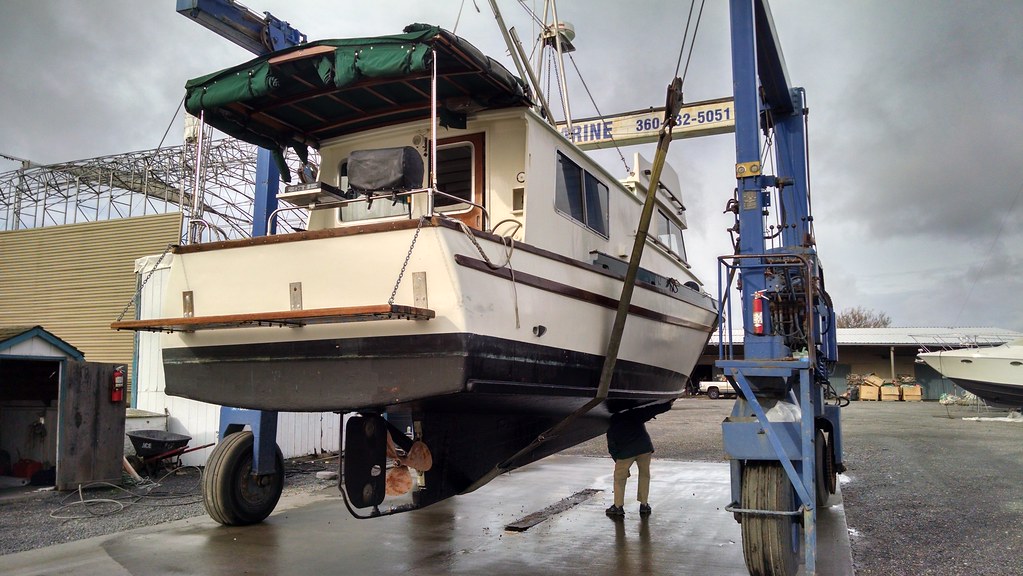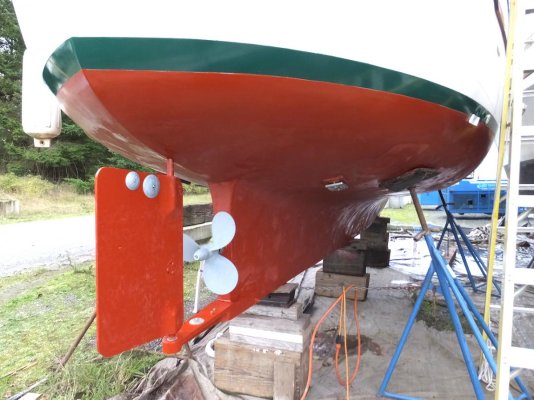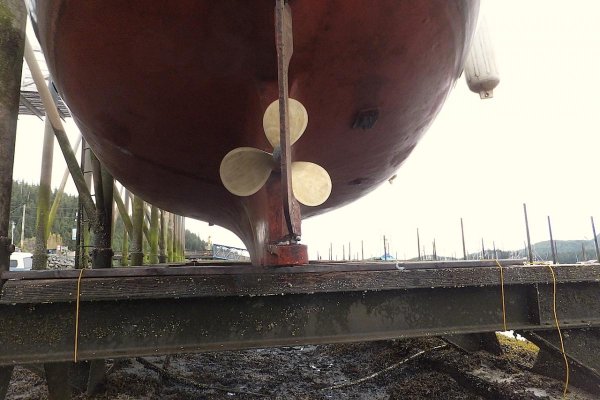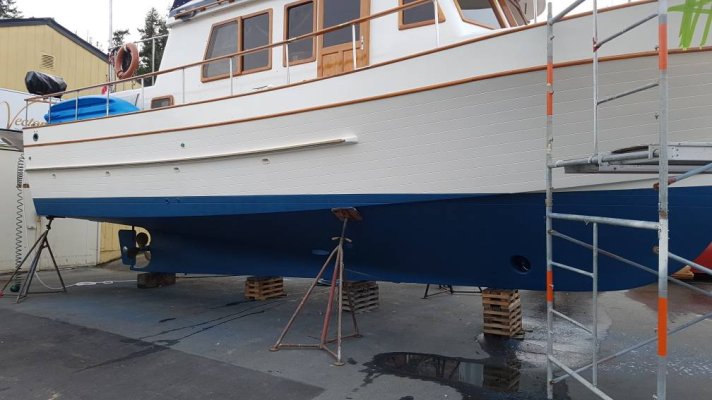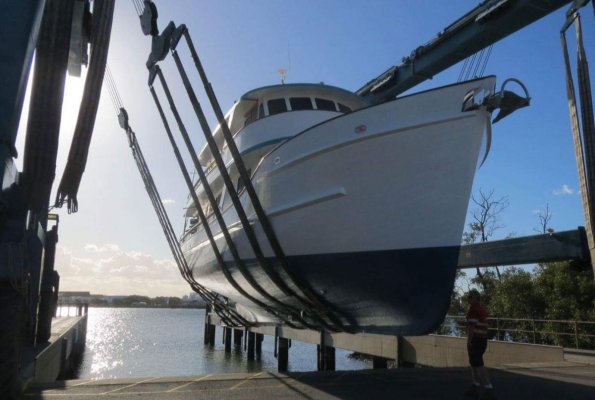Art,
I would think the in-efficiency is largely a product of the prop blade to nozzle clearence and the drag of the entire nozzle. The prop blade tips to the nozzle clearence needs to be really small to have any gain at all.
Hey Eric - Thanks for input.
My understanding may be incorrect re what is mentioned on the link
Maximising Propulsion efficiency Seems to me that efficiency increases up to around 15 knots. My misunderstanding may be that the mentioned efficiency increase only represents he difference between two models of nozzle... and does not represent an increase over open props that are using no nozzle?? See
bold paragraph about 1/2 way down.
Quotes from link:
"Originally a nozzle was not considered practical for vessels operating above 10 knots, simply because it required more power than an open propeller. Today, Rice Speed Nozzle systems are in use for vessel speeds up to 15 knots. To better understand this technology, we first need to revisit the concepts of how propulsion is achieved, thereby allowing the maximizing of these to our advantage."
and
"Running open propellers when a nozzle will save 22% fuel or more on most trawlers, fishing and tuna vessels up to 15 knots."
"HOW PROPELLERS WORK - The High / Low Pressures of Propulsion
Let us freeze a propeller in motion. With right hand rotation, the propeller blades will rotate clockwise viewed from behind. As the blades push down, water is forced down and back, as is done by your hand when swimming. Because this motion has created a space, water must rush back simultaneously to fill the void resulting in a pressure difference between the two sides of the blade. There is a positive pressure or pushing effect on the driving face of the blade, and a negative pressure or pulling effect on the front face of the blade. As the propeller rotates, it draws water from its front through an imaginary tapered cylinder a little larger than the propeller diameter at the front. As the water passes through this imaginary cylinder, the water accelerates as it passes through the narrower end of the cylinder. This acceleration of water results in the force that we know as thrust.
HOW A NOZZLE WORKS
To obtain the most thrust, a propeller must move as much water as possible in a given time. A nozzle will assist the propeller in doing this, especially when a high thrust is needed at a low ship speed. As we already know, as the propeller blades rotate in the water, they generate high-pressure areas behind the each blade and low pressure areas in front, and it is this pressure differential that provides the force to drive the vessel. However, losses occur at the tip of each blade as water escapes from the high pressure side of the blade to the low pressure side, resulting in little benefit in terms of pushing the vessel forward. The presence of a close fitting duct around the propeller reduces these loses by restricting water flow to the propeller tips."
There are additional important items on the link. I need to read it carefully again!
Art




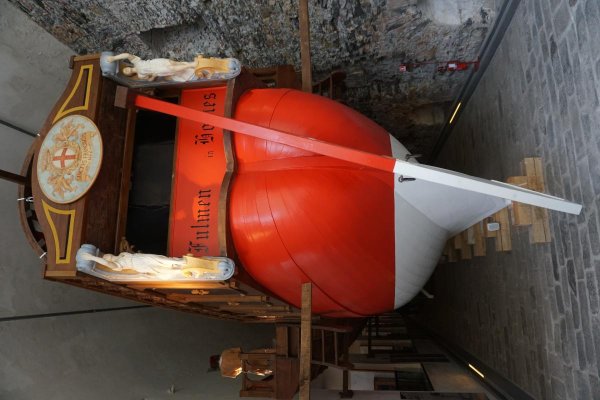
![IMG_7033[1].jpg](/data/attachments/65/65960-866538d3658d42f9dab70d6b1db3e1b3.jpg)
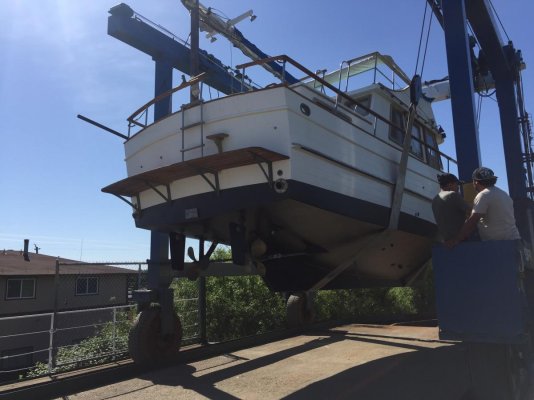
![IMG_7465[1].jpg](/data/attachments/65/65962-88302a44c9cff7a0e062645845965bbf.jpg)
